PHOTO: The CASA is 51 feet 9 inches in length and weighs 12,500 lbs.
By Tara Stevens
A familiar sight in the Arctic skies between the Kuparuk and Alpine oilfields, the 18-passenger, twin-engine CASA is a common transport vehicle for the ConocoPhillips workforce. It was the primary aircraft serving the Colville River Unit (by way of Kuparuk) since production began in 2000 until November 2020 when direct flights from Anchorage were introduced using the Q400, a twin-engine turboprop.
The CASA returned to service on April 21, 2022, following a scheduled maintenance check that occurs every eight years and included a thorough inspection of the aircraft and its components. At the same time, it underwent an impressive refurbishment inside and out, including new seats and interior paneling, new windows that will reduce cabin noise, LED lighting, and a sleek exterior paint job. But beneath the updated ConocoPhillips-brand red, white, and black paint, and the designation, “Spirit of Teamwork,” bestowed across the fuselage, is a fascinating history of the aircraft with roots in military operations that eventually landed CASA #405 at its current destination at America’s northernmost border.
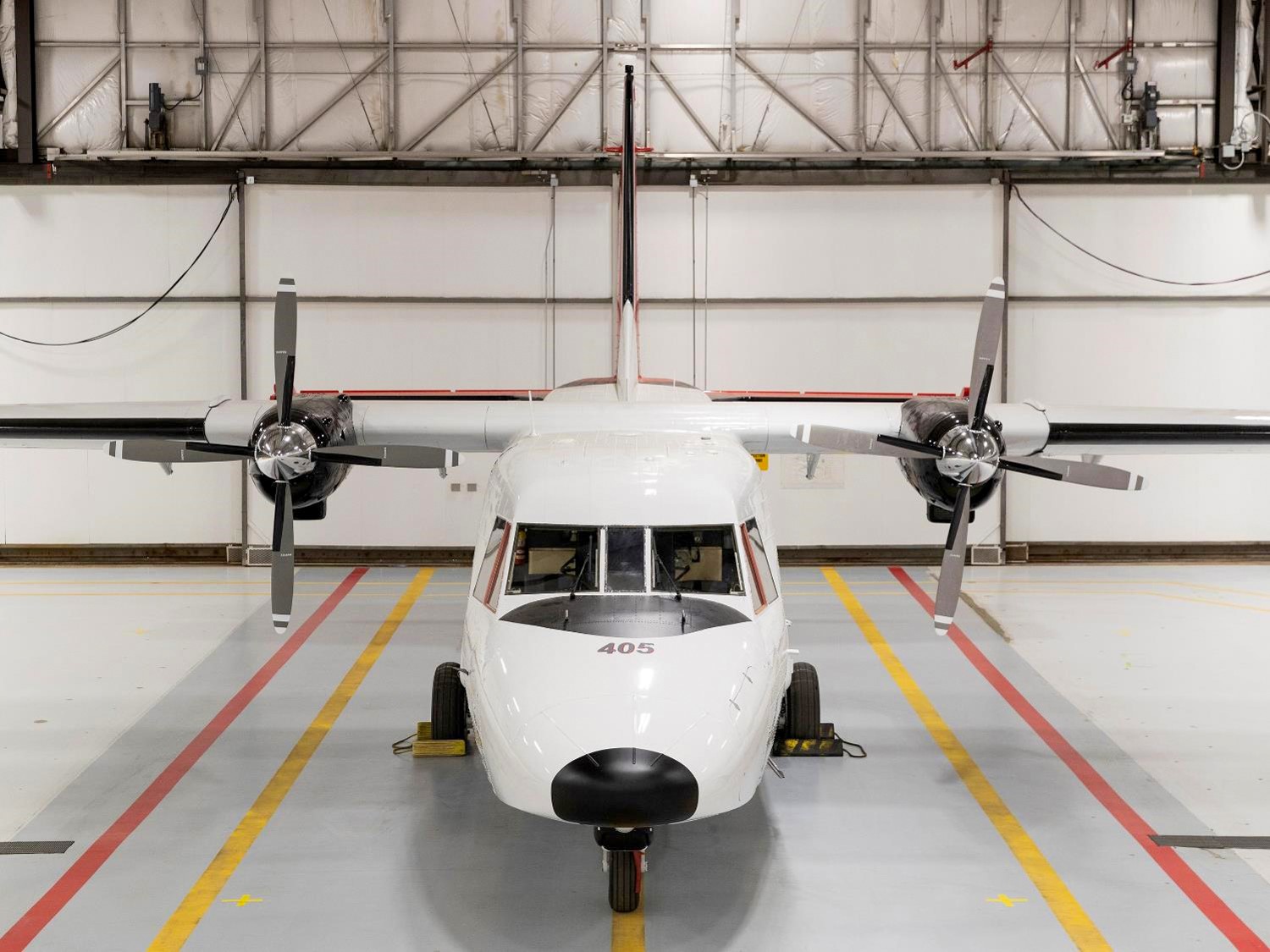
An ideal design
“The CASA aircraft has a lot of history, originating when the Spanish Air Force was looking to modernize its transport force in the 1960s,” said Mike Crumley, a pilot with ConocoPhillips for 21 years. He now flies the Q400 and manages all the training for the Q400 pilots.
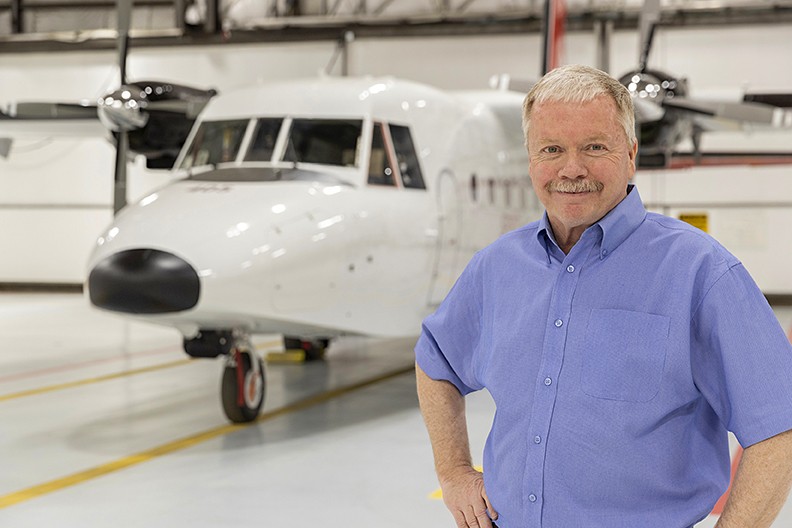
“The aircraft’s design allows it to fulfill a variety of roles and special missions, including passenger transport, air ambulance, and paratroop carrier, due to its ability to fly slow and low to the ground and a rear-loading door that can be opened during flight,” Crumley said.
Prior to joining the ConocoPhillips fleet, CASA #405 was retrofitted for military use and conducted some unique assignments, some with Crumley at the controls. In fact, Crumley was responsible for bringing the aircraft to Phillips Alaska Inc. in late 2000 to meet the company’s need to land in remote environments, including on ice roads.
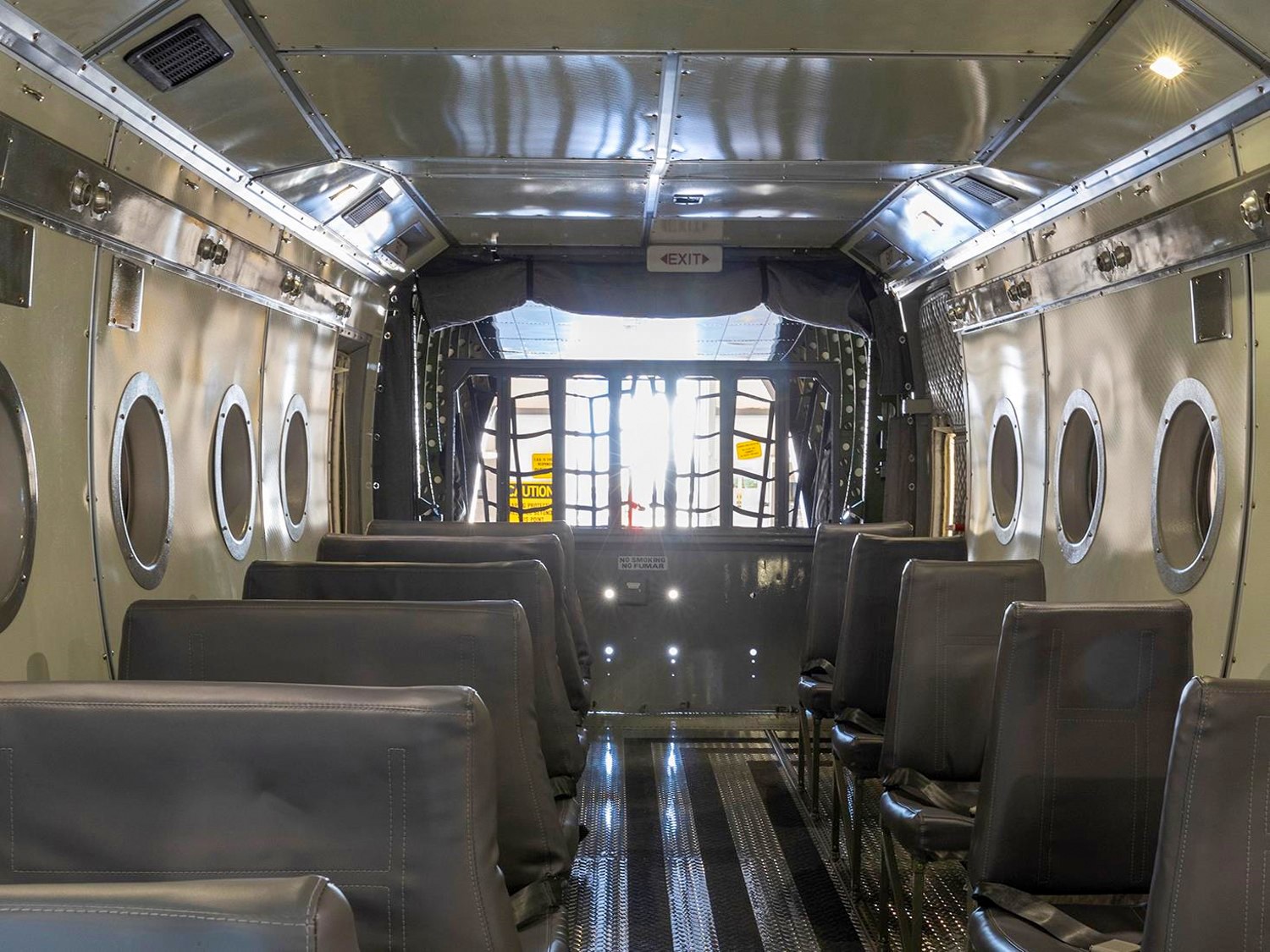
A tradition of unique missions
The CASA C-212 (405) that ConocoPhillips owns was manufactured by Construcciones Aeronáuticas S.A. (CASA) in 1990 in Seville, Spain. It was ferried to the United States for use as a factory demonstrator in hopes of expanding the aircraft’s popularity in the U.S. For the next 10 years, CASA #405 was used to demonstrate the capabilities of the C-212 across the U.S. including the Alaska Army National Guard in Anchorage as a potential replacement for the DHC UV-18 Twin Otter.
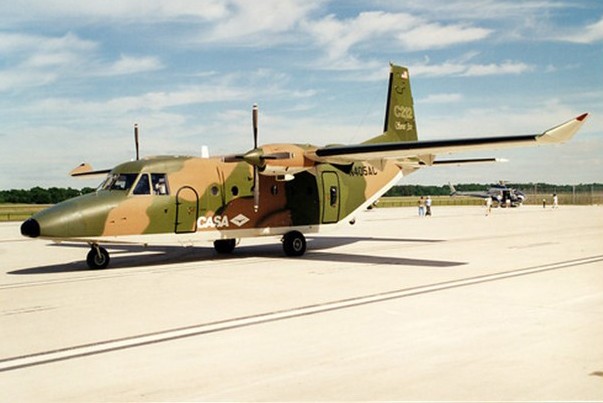
In late 2000, discussions began with Phillips Alaska Inc for the purchase of CASA #405. In 2001, with an agreement in place, the aircraft was repainted and reconfigured for passenger operations and its new role with Phillips Alaska Inc. Crumley was hired to serve as its chief pilot.
While CASA #405 has retired its military duties, it continues to fly unique missions for ConocoPhillips today.
“The aircraft can carry a large array of freight due to the fuselage design and ability to keep the aft door open if necessary. This allows us to carry oversized items including drill pipes, down-hole tools and valve sets. The rear ramp lowers to the ground allowing vehicles to drive right into the aircraft,” Crumley said. “It also is still the only way to get freight out to CD3 when the ice road goes out.”
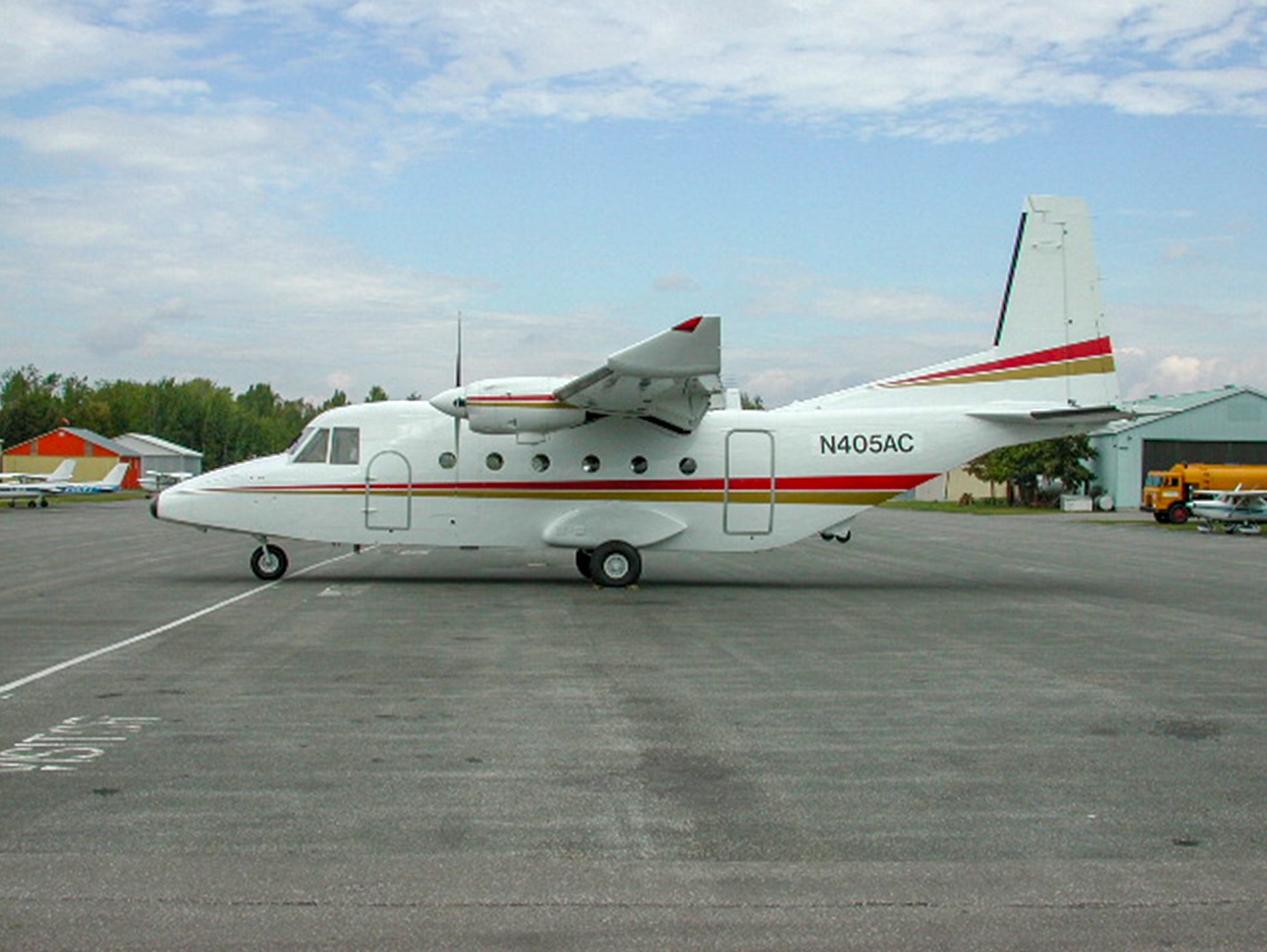
During the COVID-19 pandemic, this aircraft was one of the primary vehicles used to transport COVID-positive workers to Fairbanks or Anchorage prior to having that capability with the Q400.
One of its notable missions for ConocoPhillips was hosting Brigadier General Charles "Chuck" Yeager on a North Slope tour in 2010. A fighter pilot ace during World War II, Chuck Yeager became the first person to break the sound barrier when he flew the Bell X-1 rocket 700 mph in level flight in October 1947. Yeager later trained military pilots to become astronauts and served in various command posts until his retirement from the Air Force in 1975.
A workhorse for the North Slope

In addition to freight and passenger transport, the CASA is used by ConocoPhillips for DOT pipeline surveys, river reconnaissance, and is outfitted with Forward Looking Infrared Radar (FLIR) to conduct polar bear den and other infrared surveys. The state-of-the-art FLIR system was upgraded during the CASA’s recent renovation and is uniquely designed for ConocoPhillips diverse mission set, including detection of wildlife and the presence of oil or gas in the environment. The CASA is also an important component of the North Slope contingency plan and could be used for search and rescue or medivac transport, if needed.
“As far as a workhorse for the North Slope, the CASA is an ideal aircraft for what we need to do. In my opinion, this is the finest C-212 in the world due to the unique modifications and how well it is maintained,” Crumley said. “The aircraft is 31 years old, and it’s even more capable now than when it was built.”

What’s in a name
CASA #405 was given the moniker, “Spirit of Teamwork,” reflecting the naming convention of the ConocoPhillips’ Q400 fleet: “Spirit of Alpine,” “Spirit of Kuparuk,” and “Spirit of Innovation.”
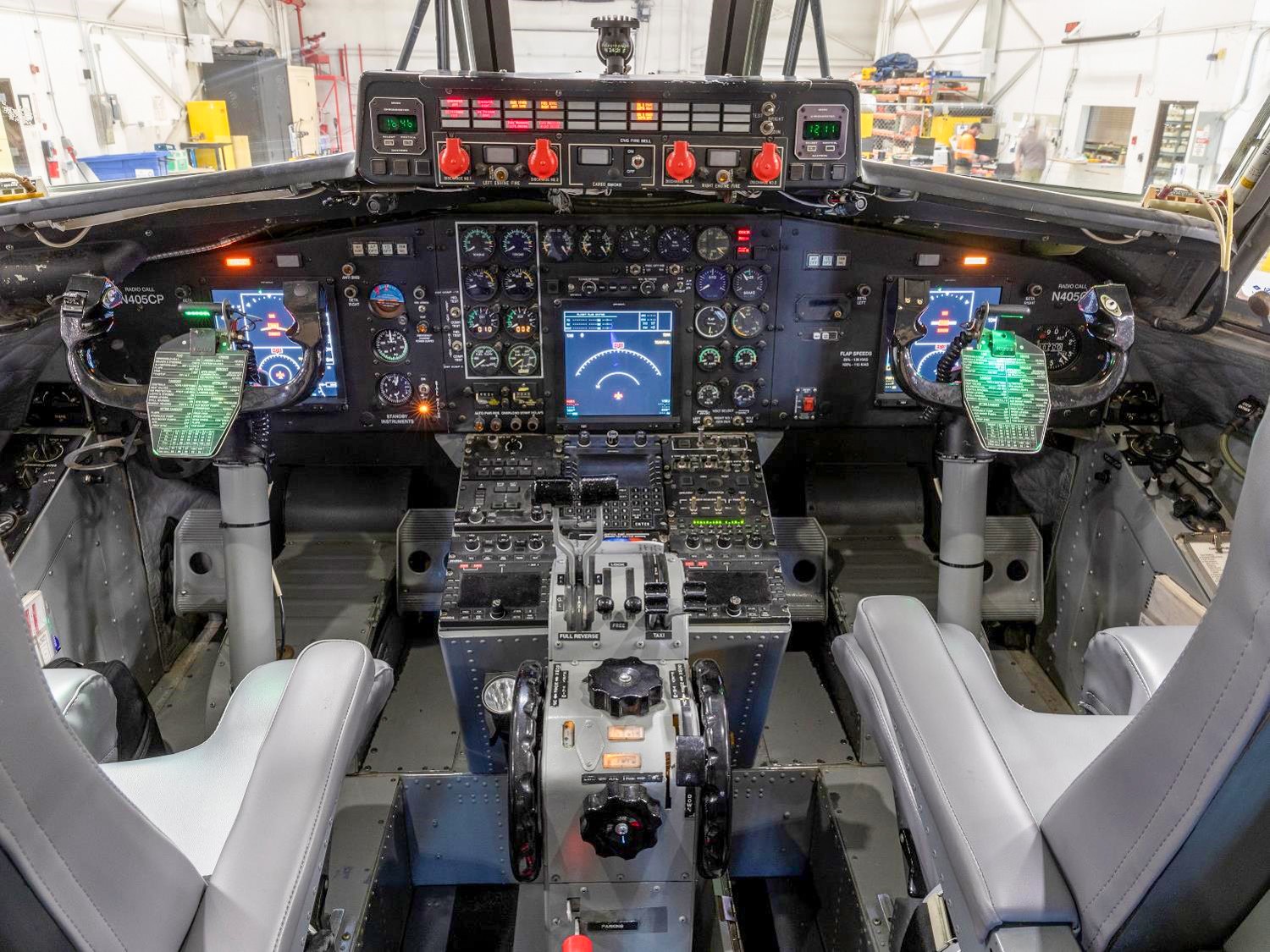
The name was chosen because of the cross-compatibility of this aircraft to fulfill a variety of duties — from transporting passengers, to freight, to conducting FLIR flights and other business needs,” said Manager of Alaska Aviation Operations Peter Bazin. “It represents the teamwork of our workforce and versatility of our operations on the North Slope.”
Though Crumley now primarily flies the Q400, he still conducts pilot training in the CASA and flies a C-212 aircraft for his volunteer work with the nonprofit Samaritan’s Purse.
“This is the best time of year, when the temperatures are in the sweet spot between 10 below and 10 above, and the skies are crystal clear. It’s the perfect time to fly,” Crumley said.
